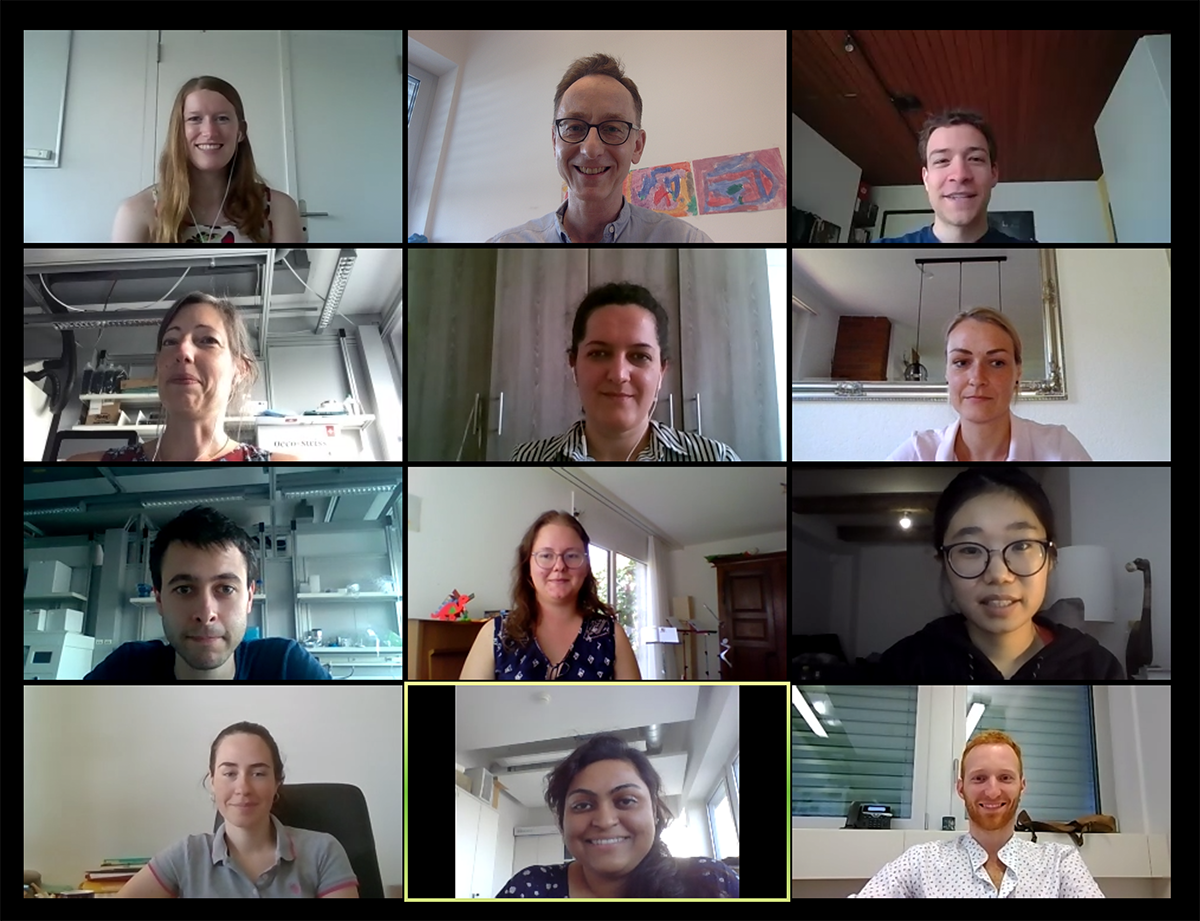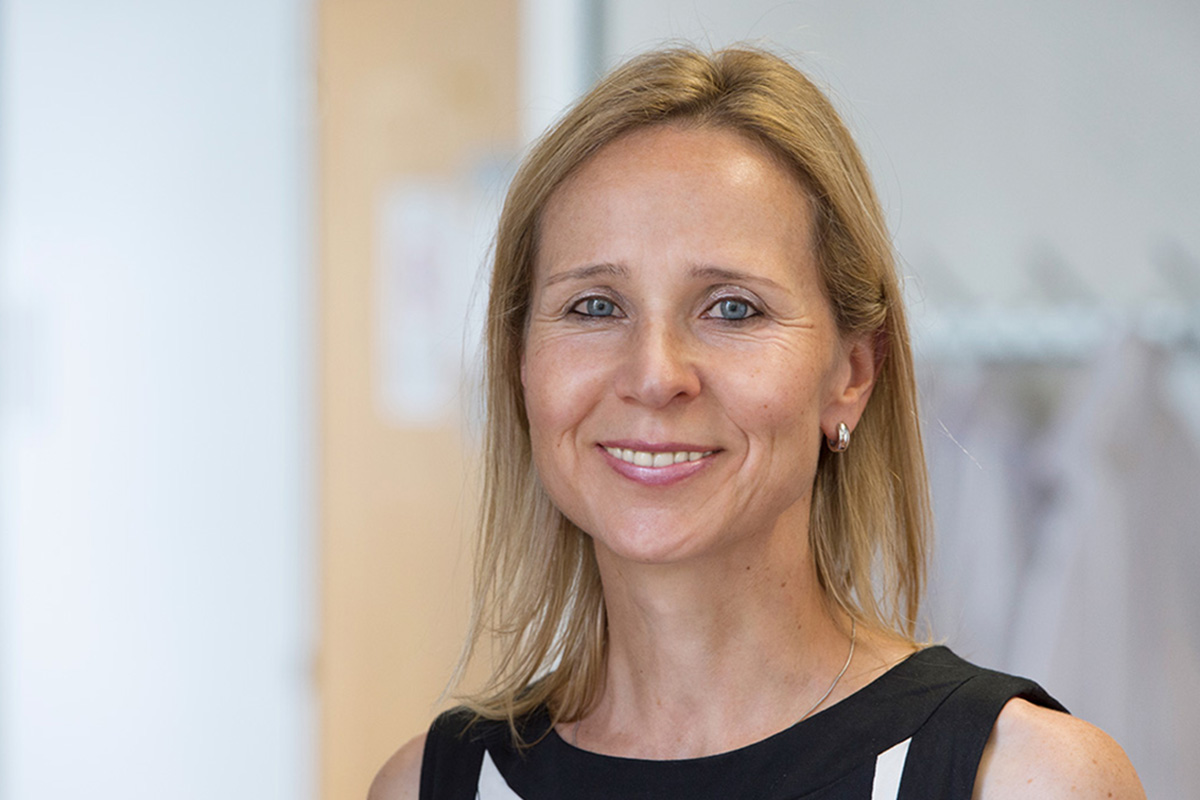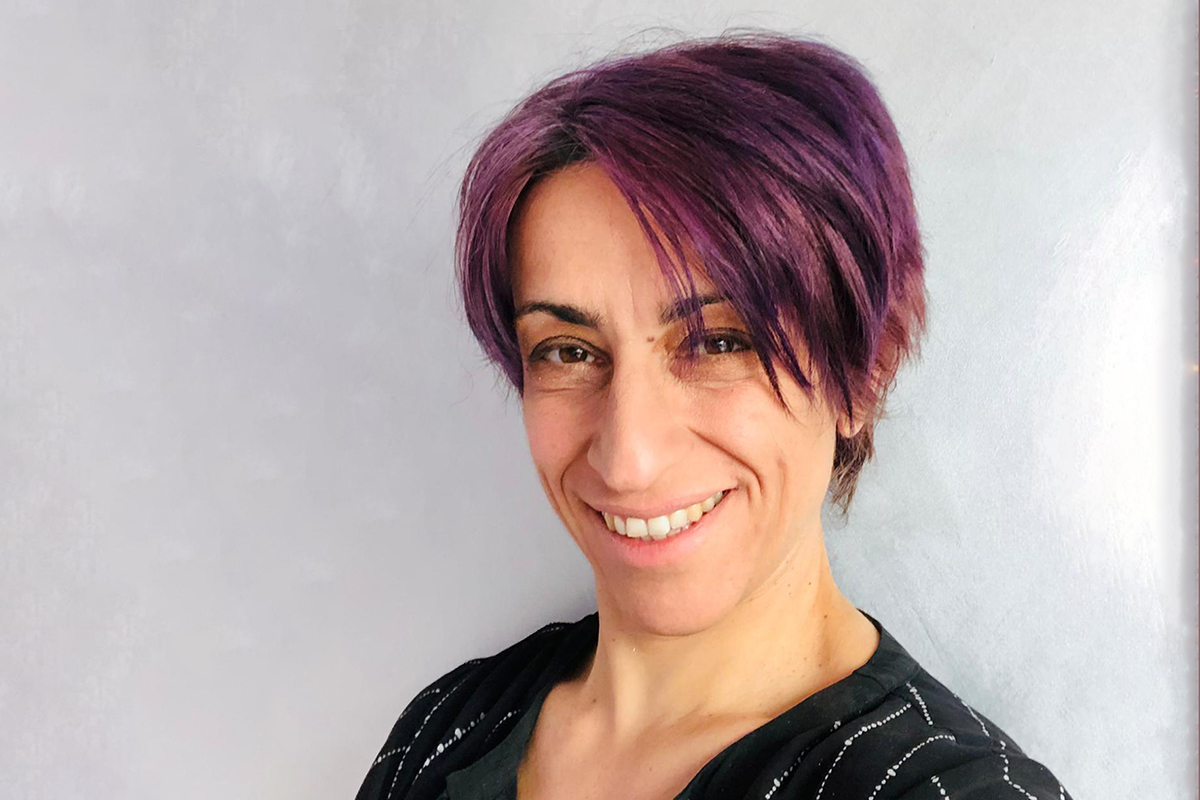Health and medicine
Push for non-animal methods
In 2020, no fewer than three research groups at the University of Bern received funding from the Swiss 3R Competence Centre (3RCC) for innovative projects that aim to replace animal experiments. In order to study cancer, idiopathic pulmonary fibrosis and drug transfer between mother and fetus, human patient cells are cultivated in the laboratory.
In 2020, the Swiss 3R Competence Centre (3RCC) supported four projects with a total of CHF 1.3 million. Three of these are located at the University of Bern, one at ETH Zurich. The Swiss 3R Competence Centre promotes the so-called 3R principles (Replace, Reduce, Refine) - i.e. efforts to replace animal experiments with alternative methods whenever possible, to reduce the number of animals used in experiments and to keep the distress to the animals as low as possible (see info box below). "We have been actively implementing the 3Rs principles in our research for a long time and are promoting corresponding projects," emphasizes Daniel Candinas, Vice Rector Research at the University of Bern – this is now also reflected in the current grants.
All three Bernese projects pursue the goal of replacing animal experiments with cell cultures in specific, suitable areas. In this way scientists at the ARTORG Center for Biomedical Engineering Research and Bern University Hospital are cultivating human lung cells on a chip, while researchers at the Department for BioMedical Research (DBMR) want to develop three-dimensional cell structures (organoids) to study tumor growth. Finally, a research group at the Institute of Biochemistry and Molecular Medicine (IBMM) is developing a cell model to study how drugs can be transferred from mother to child during pregnancy.
The lung on a microchip
Cultivating human lung cells as a so-called "organ-on-a-chip", a new generation of the in vitro model: This is the goal of Olivier Guenat (ARTORG) and Thomas Geiser (Department of Pneumology, Bern University Hospital). They are developing a new model for idiopathic pulmonary fibrosis (IPF), a fatal lung disease that results in the scarring of the lungs. To develop and test therapies which could combat the disease, the researchers administer certain substances to cause inflammation and fibrosis in the lungs of mice. But many new drug candidates successfully tested in this preclinical model have failed when tested in humans – even when they achieved promising results in animal studies.

Part of the research team of Professor Olivier Guenat (top center) at a virtual meeting. © UniBE
"Human beings and mice vary widely in their physiology and in their response to pulmonary drugs," explains Guenat. "In humans, idiopathic pulmonary fibrosis is a progressive disease, whereas in mice it is chemically induced and reversible. So, we cannot easily transfer test results from one to the other."
The lung-on-chip technology of the ARTORG Center at the University of Bern uses patient cells cultivated on a microchip to generate relevant clinical information about the fibrotic process in humans. This will allow researchers and clinicians to test experimental pulmonary drugs and optimize existing treatments in a more patient-relevant and personalized way. "Our research contributes to advancing models that do not involve animal experiments and at the same time to providing each patient with the best possible therapy," says Guenat.
Cells from placenta and umbilical cord
Can drugs that a mother takes during pregnancy damage her unborn child? A so-called cell-based perfusion model will in future be able to answer this question. It is being developed by Christiane Albrecht from the Institute of Biochemistry and Molecular Medicine (IBMM) at the University of Bern together with colleagues from the Charles University in the Czech Republic and Curio Biotech SA.
Specifically, the researchers create a three-dimensional system from cells of the mother’s placenta and the child’s umbilical vein. These cells obtained directly from the patients are more relevant for the human body than immortalized cells multiplied in cell cultures, which are usually used in this type of research, or the animal model. The new method should make it possible to test cost-effectively, quickly and safely whether new drugs can reach the fetus and have any toxic effects on the unborn child.

Christiane Albrecht wants to develop a low-cost, quick, safe and animal-free method for testing drugs. © Courtesy of Christiane Albrecht
"In the currently applied drug screening approaches several hundreds of animals per drug are used to investigate potentially toxic effects on the developing fetus," explains Christiane Albrecht. "A reproducible and validated human cell-based model, which is approved by the regulatory agencies, may serve as a primary screening model in the future. Thereby the use of numerous animals will be prevented, and the overt limitations of animal models will be overcome."
Three-dimensional cell structures
How do tumors grow, respond to drugs and develop resistance to therapies? Marianna Kruithof-de Julio and Mark Rubin from the Department for BioMedical Research (DBMR) at the University of Bern want to answer these questions with the help of so-called organoids. They will use the 3RCC grant money to cultivate these small three-dimensional cell structures.
Organoids are microstructures obtained from the tissue of patients suffering from bladder and prostate cancer. The researchers want to optimize and standardize procedures to reliably create patient-specific organoids.

With her project, Marianna Kruithof-de Julio wants to contribute to overcoming one of the biggest hurdles in cancer therapy and replace animal experiments. © Courtesy of Marianna Kruithof-de Julio
"In our precision oncology program, we want to understand why some patients will not respond to a certain cancer therapy," explains Kruithof-de Julio. "This therapy resistance and patient diversity cannot easily be mimicked in cell lines and animal models."
The organoid group at the University of Bern will produce stable patient-own organoids, which will be made available to researchers in a biobank and should help them to develop new treatment approaches against cancer. "This project will change the way we study tumor resistance," says Kruithof-de Julio. "We want to contribute to overcoming one of the biggest hurdles in cancer therapy and at the same time replace animal models in this field."